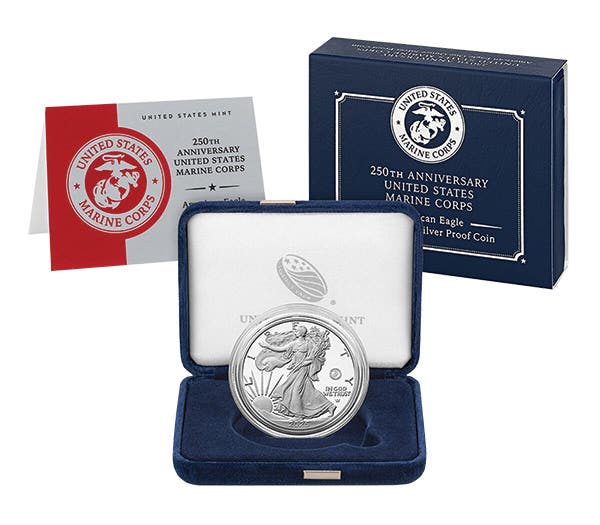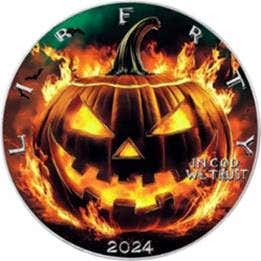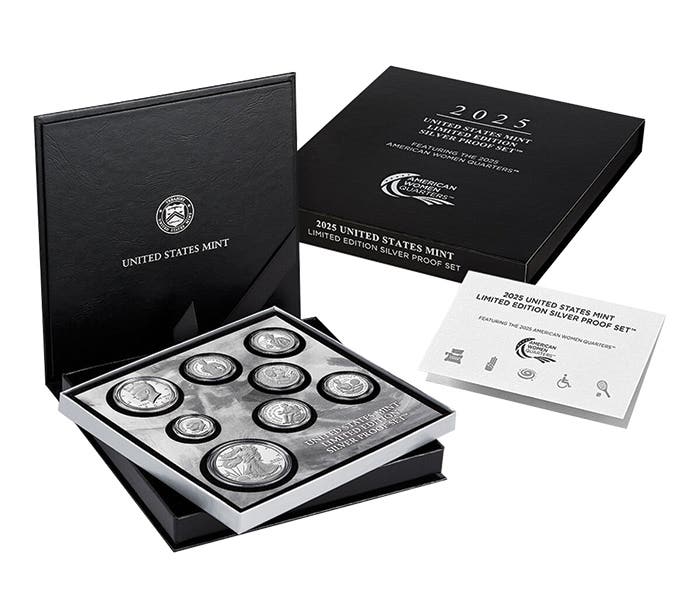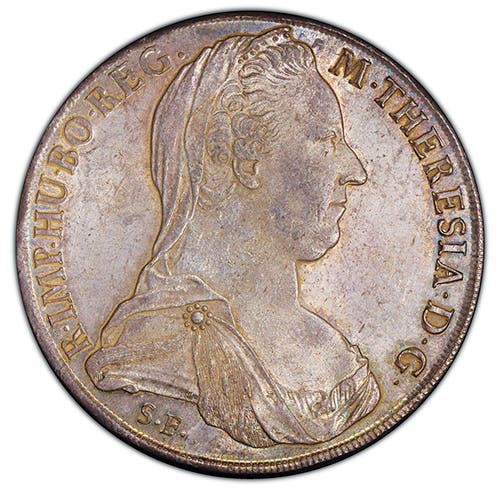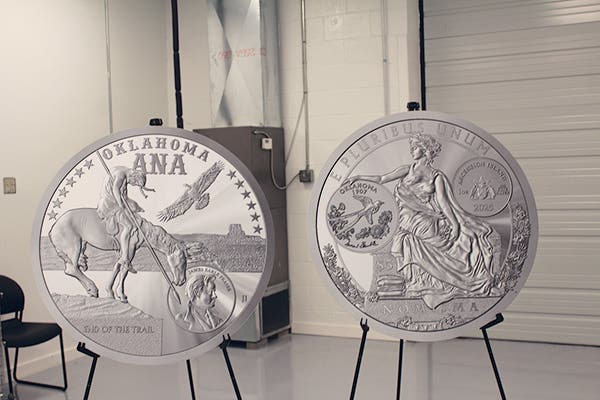Item of the Week: 1870-S Half Dime
Louis Eliasberg, Sr. thought he had done the impossible when he acquired a unique 1873-CC no-arrows dime back in 1950. He thought he had, with the purchase of the 1873-CC…
Louis Eliasberg, Sr. thought he had done the impossible when he acquired a unique 1873-CC no-arrows dime back in 1950. He thought he had, with the purchase of the 1873-CC no-arrows dime, completed a United States coin collection having every coin by date and mint. Eliasberg was correct with the information at hand, but in 1978 we learned that he was wrong. He did not have in his collection an 1870-S half dime, which was unknown until that year.
In fairness, Eliasberg had no way of knowing that there even was an 1870-S half dime since none appeared on official reports for 1870. The one that eventually did appear, according to some, was found in the junk box of an Illinois dealer and was purchased as a routine type coin. If so, it was one of the great purchases in history.
I loved junk boxes and have pawed my way through a few Illinois dealer junk boxes over the years, and I am simply not buying this story. The 1870-S half dime is uncirculated, and I never came close to an uncirculated half dime in a junk box of any dealer from Illinois or New Hampshire or North Dakota or anywhere as uncirculated half dimes just do not end up in the sort of junk boxes I have seen, most of which were in grades like AG-3 or would be best described as “might scare small children.”
However it was found, the 1870-S half dime was a discovery to rock the numismatic world. That such a coin might be found isn’t that surprising given that the circumstances surrounding the 1870-S half dime are identical to those surrounding the 1870-S $3 gold piece, of which there is also a single known example.
Both the 1870-S half dime and $3 gold were products of the special events in San Francisco in 1870, when the cornerstone of the new San Francisco Mint, later known as the “Granite Lady,” would be laid. It was decided to put an example of every coin from San Francisco in that cornerstone.
The idea, however, hit a snag. In 1870, not all denominations were being produced. This included the half dime and $3 gold as well as quarters and silver dollars.
Apparently the decision, as it was passed down through the years, was to make a single coin of all the missing denominations to include in the cornerstone. We know that decision was not followed as over the years a number of examples of the 1870-S Seated Liberty dollar have appeared. There are not many of them and the nicest has now topped $1 million but they do exist. We also know that an 1870-S $3 gold has been around for nearly a century now as it surfaced in the collection of former Secretary of the Treasury William Woodin. So it is not out of the question that there would also be an 1870-S half dime and maybe even a quarter.
The surfacing of an 1870-S half dime in 1978 probably raised more questions than it answered. To have a second of the allegedly unique 1870-S denomination appear suggested that there may have been somewhat more coin production back in 1870 regarding that cornerstone than had originally been thought. Of course, even to this day, we cannot be sure whether the coins were not placed in the cornerstone or whether there were simply extra examples struck.
The 1870-S half dime, however, immediately raised the question as to weather there might also somewhere be others such as an 1870-S quarter, which, according to discovered records, might exist but has never been found.
The other legitimate question raised was the value of the 1870-S half dime. We know, for example, that the 1870-S half dime sold for $253,000 in a Superior sale back in 1986, but there are also reports of it being offered in 2000 and not selling.
Certainly the 1870-S has not so far brought the sort of price that might be expected of a unique U.S. coin. The 1870-S $3 gold is thought to easily be a $1 million or more coin, and other $1 million coins are not unique. It all makes the 1870-S half dime that much more interesting. Will the modest prices continue or will the 1870-S half dime suddenly surprise everyone with a stunning price?
As an Amazon Associate, Numismaticnews.net earns from qualifying purchases made through affiliate links.




